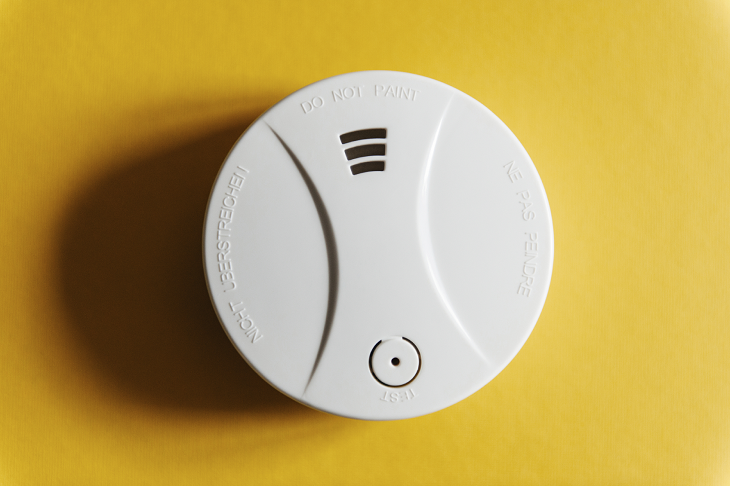How to Detect Carbon Monoxide in Your Home

We all know about smoke detectors, which can protect our homes from fires, but what about carbon monoxide detectors? Carbon monoxide (CO) is a colorless, odorless, tasteless toxic gas produced by the incomplete combustion of natural gas, propane, or wood. Those most at risk for CO poisoning are infants or small children, pregnant women, the elderly, and anyone with heart or lung disease or other respiratory problems.
To protect your home, there are two types of CO detectors, high-level and low-level. High-level CO detectors must meet certain standards for use in homes. The standard for low-level detectors is considered to be better for high-risk persons or those who don’t leave home often. CO alarms should be installed in a central location outside each sleeping area and on every level of the home. Follow the manufacturer’s recommendations for other locations, placement, and mounting height and be aware of the “end of life notification” that lets you know when the detector has reached the end of its effective life span.
Some tips for preventing CO buildup in your home:
- Never use ventless heaters (except electric) in the home.
- Never use the oven for heating.
- Have your gas water heater and furnace serviced annually by a qualified technician.
- Inspect fireplaces, woodstoves, flues, and chimneys.
- Gas and charcoal grills can produce CO—use only outside.
- Clean the dryer vent after each load.
- During and after a snowstorm, make sure dryer, furnace, stove, and fireplace vents are clear of snow buildup.
Early symptoms of CO poisoning can mimic the flu, including headache, nausea, vomiting, and dizziness. If you think you might be experiencing CO poisoning, do not hesitate to act. Get everyone out of the building to fresh air and call for help.
An insurance company that cares about you and insuring the things you wish to be insured.
Get a Quote> Find an Agent>

